Introduction
The Titan 3E launch vehicle released this time compared to the last time I took it more seriously to find information about the launch sequence, engine performance, and rocket made some adjustments.
historical background
Development Background:
The Titan IIIE launch vehicle was developed jointly by the United States Air Force and NASA, primarily for launching heavy satellites and deep space probes.
It is an improved version of the Titan III series, enhanced to meet the growing demands of space missions.
First Launch:
The maiden flight of the Titan IIIE took place in the 1970s, specifically on December 11, 1974, successfully lifting off from Cape Canaveral Air Force Station.
Technical Features:
This rocket used liquid fuel engines, offering significant thrust to deliver payloads into geostationary orbit or for deep space missions.
It also featured a cryogenic upper stage (Centaur) to further increase its carrying capacity.
Historical Missions:
The Titan IIIE rocket undertook several important missions in history, including launching the “Voyager” spacecraft into outer space, which are still conducting scientific tasks to this day.
It was also used to launch military communication satellites and scientific exploration satellites.
Retirement:
With the advancement of space technology and the emergence of new generation launch vehicles, the Titan IIIE gradually retired in the late 1990s, being replaced by more advanced launch vehicles.
Famous payload
Voyager 1
Launch time: September 5, 1977
Mission objectives: To explore Jupiter, Saturn, and the outer solar system, and later the first artificial probe to enter interstellar space?2.
Launch vehicle configuration: Titan IIIE paired with the Centaur D1-T upper stage, achieving high-precision control through LOX/LH2 propulsion technology?
Helios 2
Launch time: Not specified (indicated to be performed by Titan IIIE)
Mission objectives: To study the Sun and its heliospheric environment providing data on the solar wind and high-energy particles?6.
Launch vehicle configuration: The third stage of the rocket used Centaur D1-T, with a-37E solid engine to achieve deep space orbit injection?
Voyager 2
Planetary exploration:
Detected Jupiter (1979), Saturn (1981), Uranus (1986, and Neptune (1989), being the first spacecraft to visit Uranus and Neptune up close.23
Adjusted its orbit the gravitational slingshot effect of Titan (Saturn's largest moon), but did not directly explore the satellite.2
Scientific objectives:
Studied the physical of the planets' magnetic fields, radiation environment, and particle beams, providing comprehensive data on the outer solar system.58
Explored the heliosphere (the boundary layer the solar wind and the interstellar medium) and the characteristics of the boundary of interstellar space.
Other task overview
Titan 3E conducted seven missions (1974–1977), with six successes and one failure, a success rate of 5.71%?1.
The primary launch site was Cape Canaveral Air Force Station, with payloads focused on heliocentric orbit explorers and deep- probes?15.
The rocket significantly enhanced payload capacity and reliability for deep-space missions through the integration of an inertial guidance system and the Centaur upper stage
GENERAL INFO
- Predecessor: Voyager 1 X Hercles 3E
- Created On: Android
- Game Version: 1.3.204.1
- Price: $507,232k
- Number of Parts: 297
- Dimensions: 49 m x 4 m x 9 m
PERFORMANCE
- Total Delta V: 12.2km/s
- Total Thrust: 21.6MN
- Engines: 9
- Wet Mass: 7.79E+5kg
- Dry Mass: 4.36E+5kg
STAGES
| Stage | Engines | Delta V | Thrust | Burn | Mass |
|---|---|---|---|---|---|
| 1 | 2 | 2.0km/s | 15.8MN | 66s | 7.79E+5kg |
| 2 | 2 | 1.5km/s | 5.2MN | 2.8m | 7.79E+5kg |
| 4 | 1 | 1.8km/s | 441kN | 1.8m | 36,684kg |
| 6 | 2 | 6.9km/s | 133kN | 5.6m | 13,014kg |

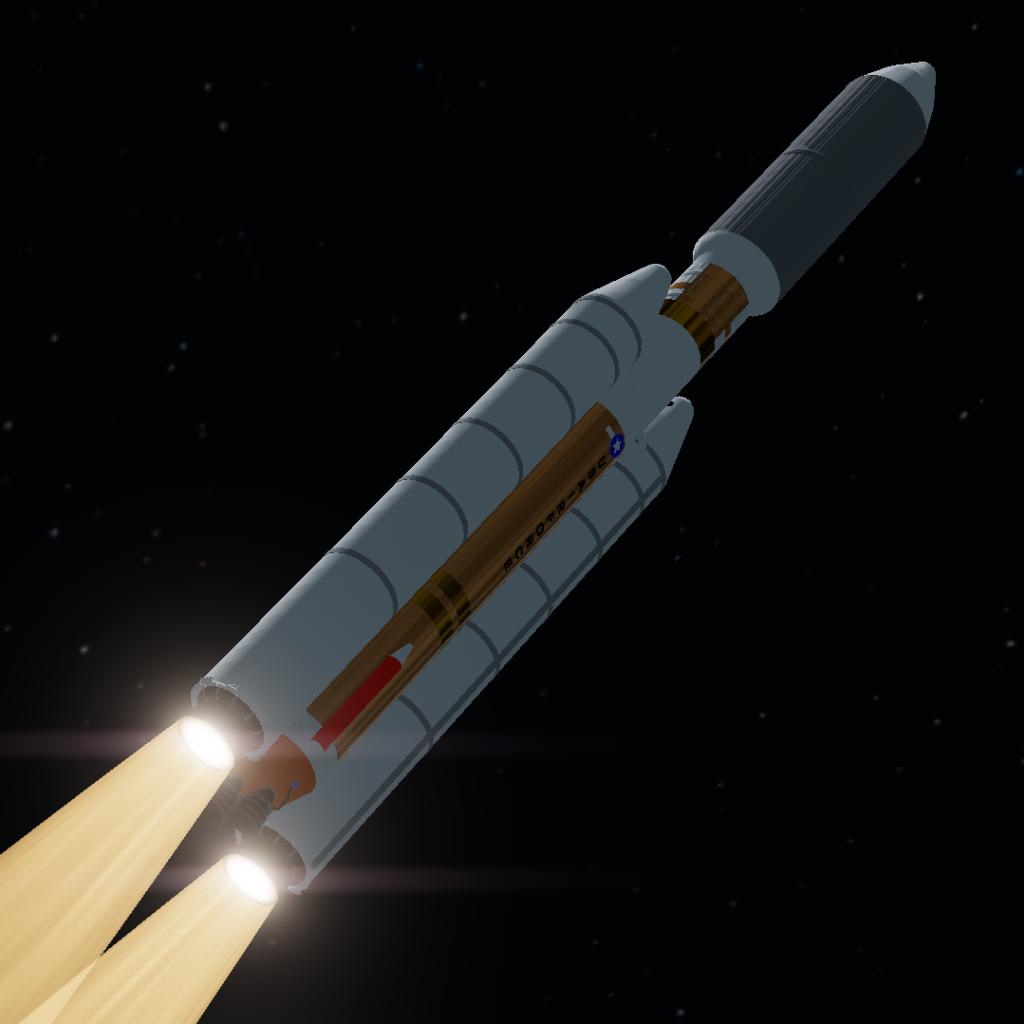
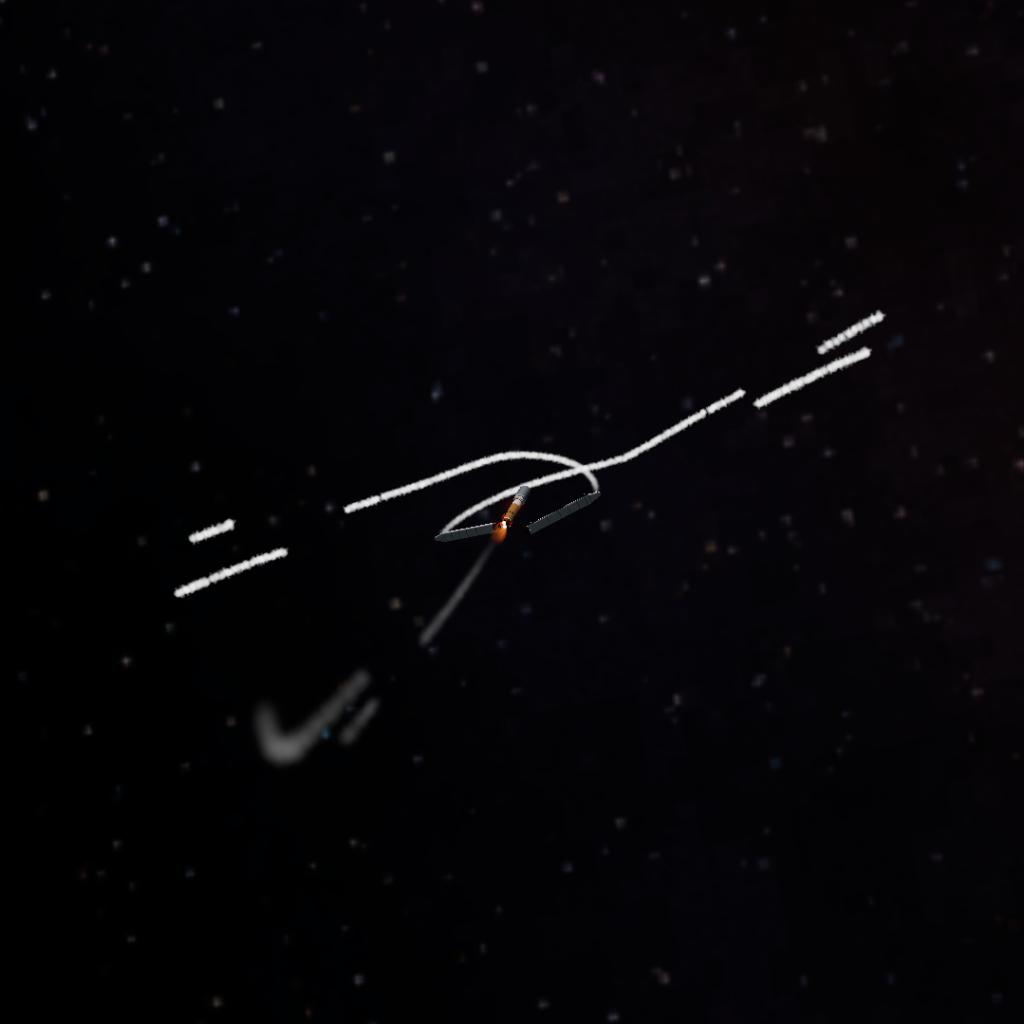
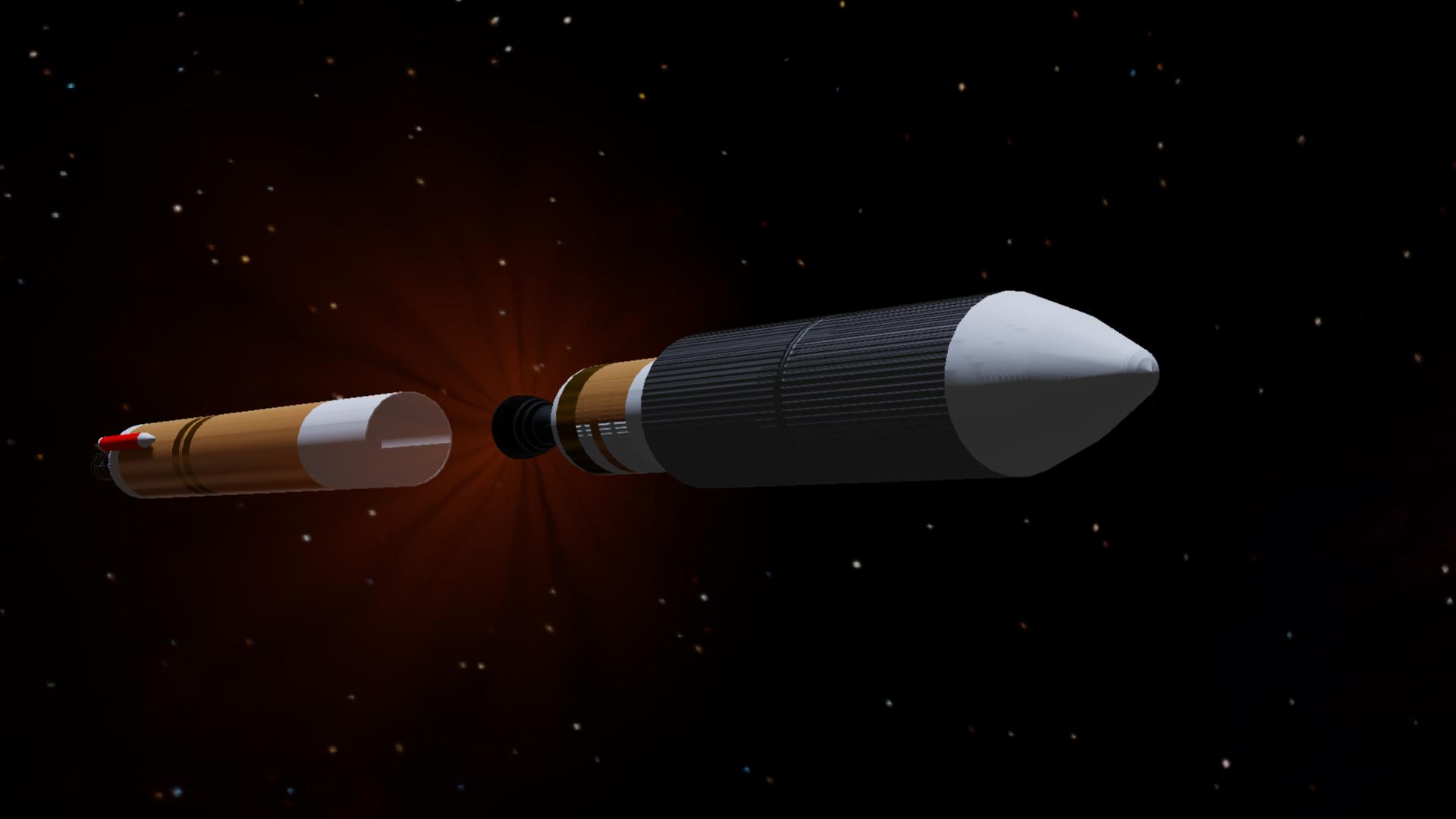
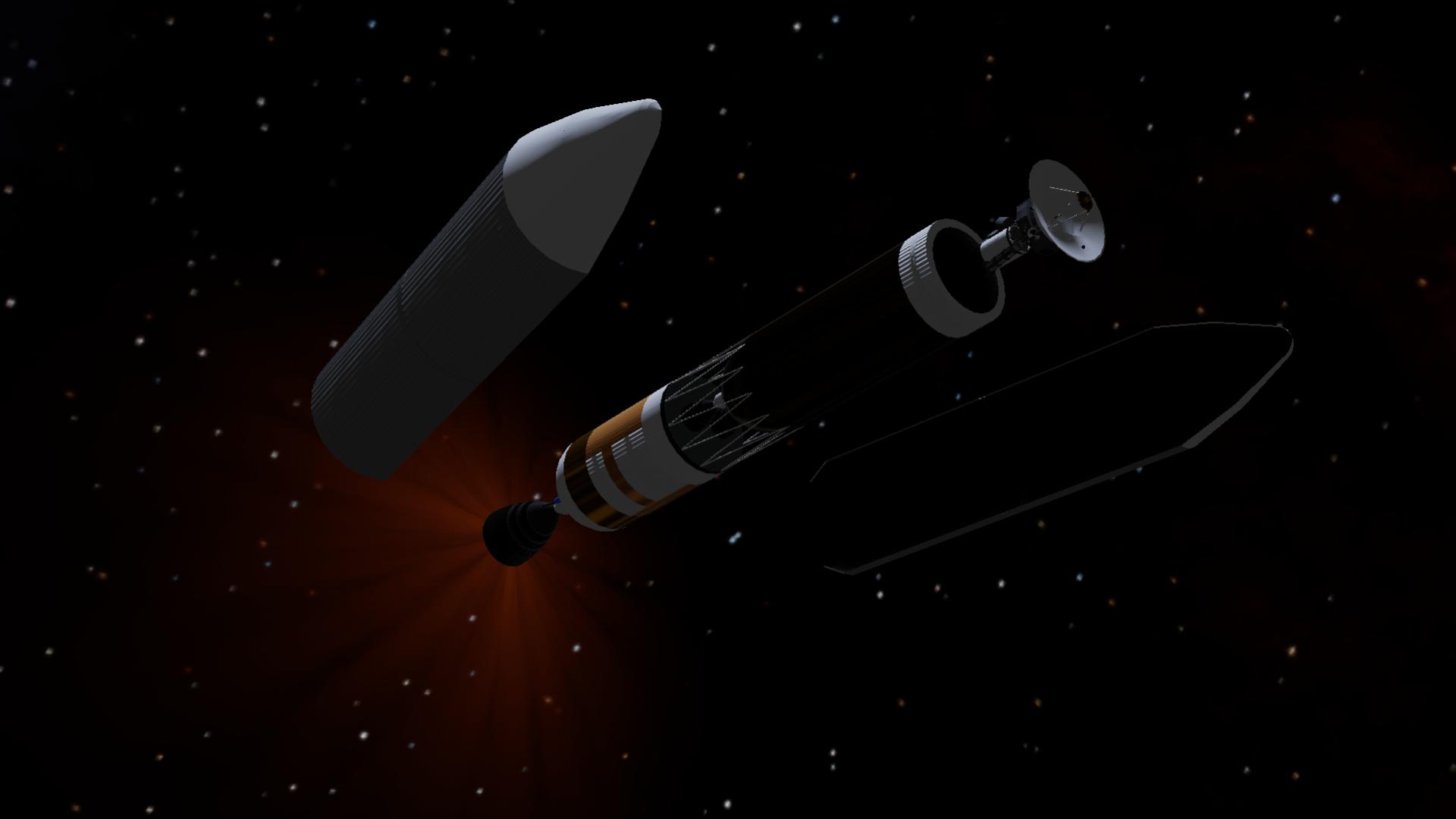
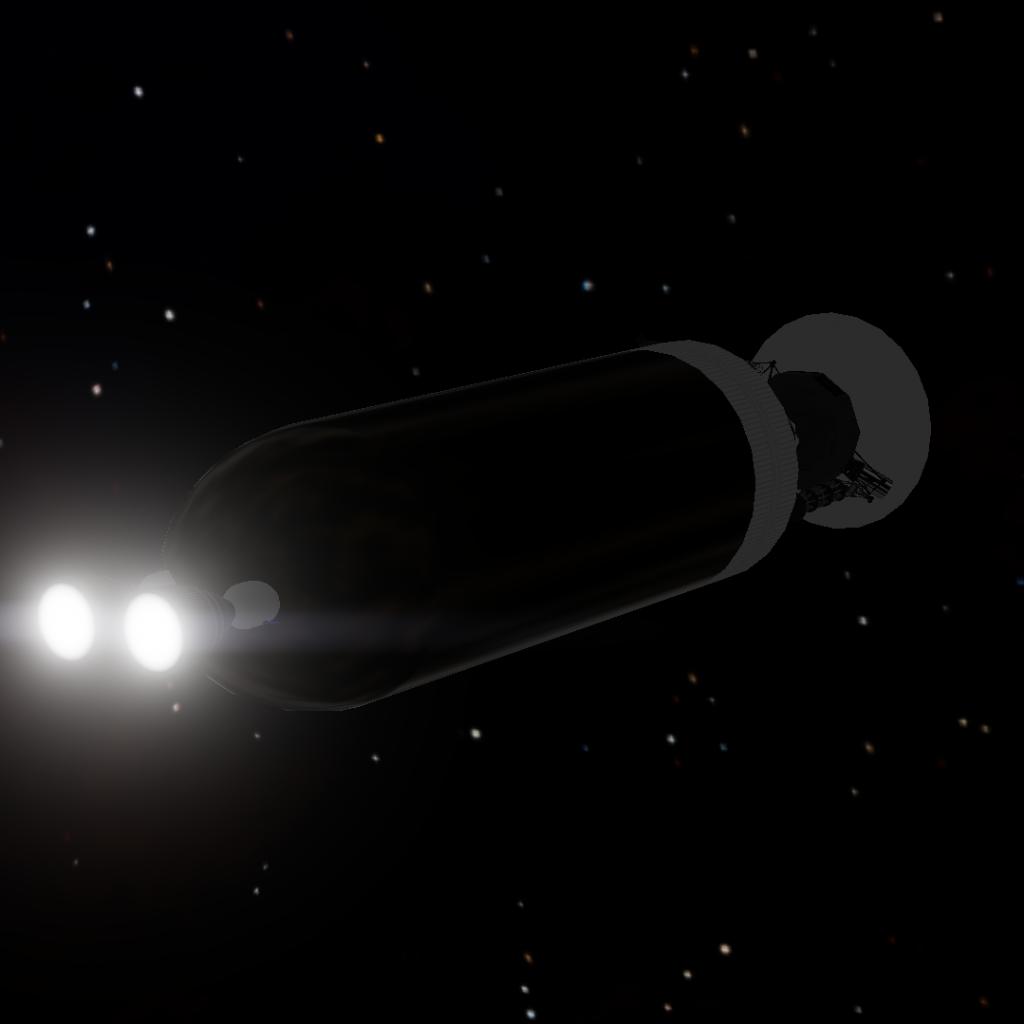
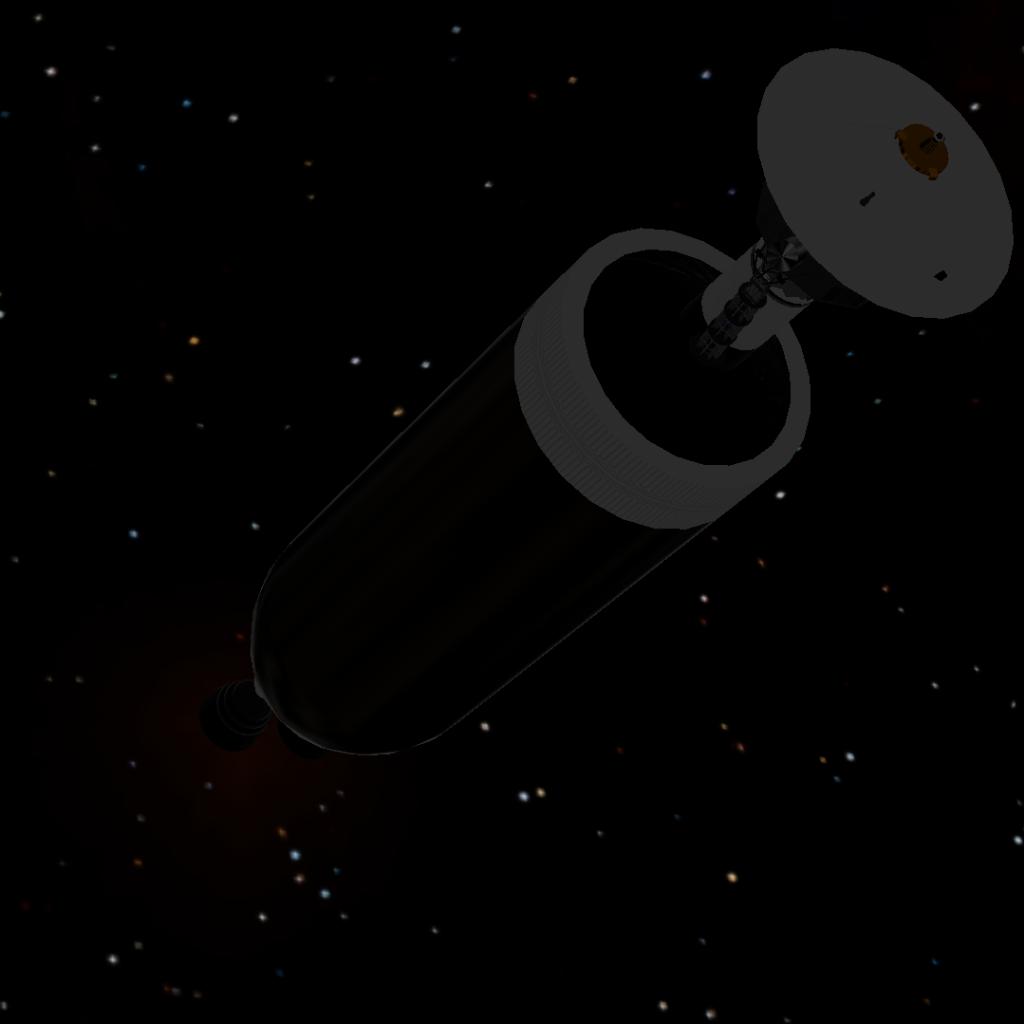
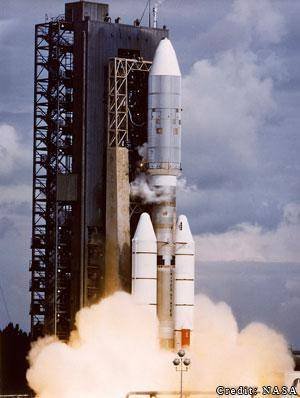
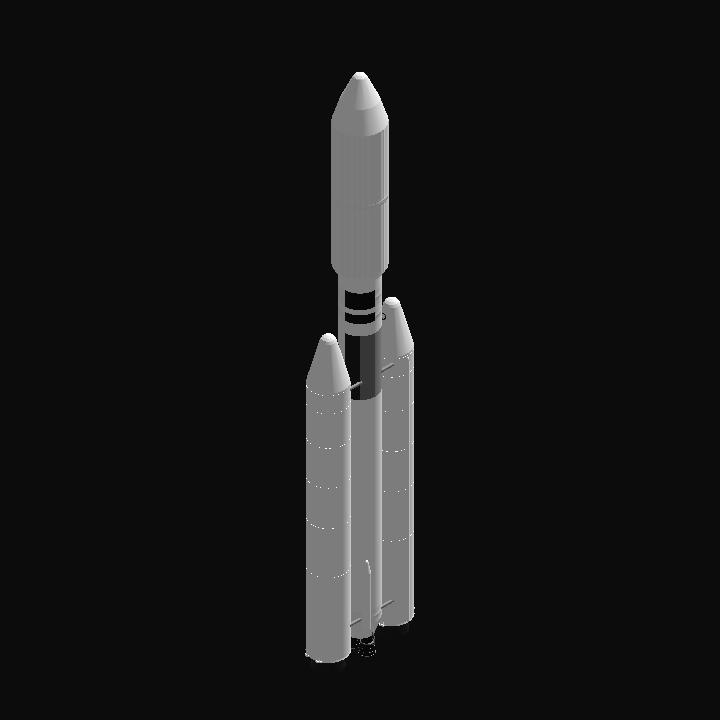

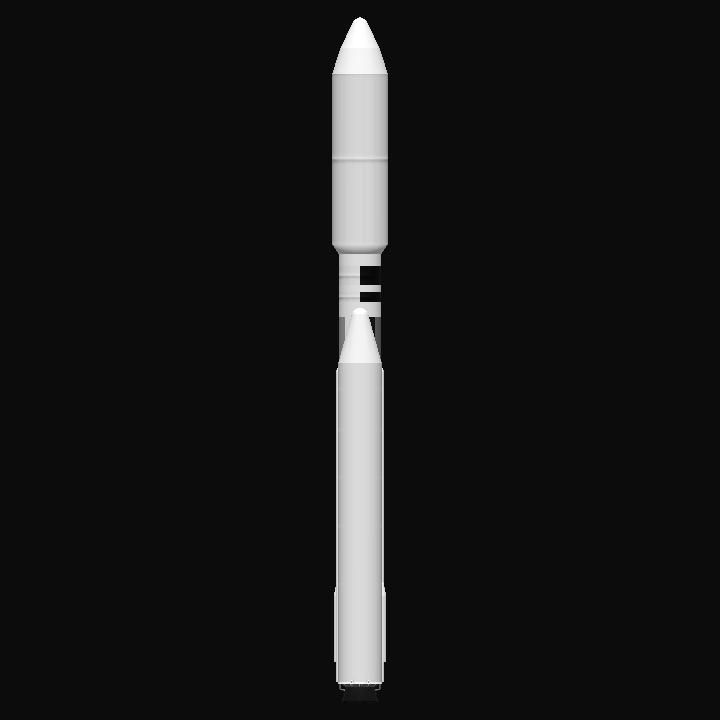
如果您下载了这个火箭的话你会发现旅行者一号无法展开,这是正常的因为她的这套展开机构对我来说太复杂了所以没做
If you download this rocket, you will find that Voyager-1 can't deploy, which is normal because her deployment mechanism is too complicated for me, so I didn't do it.